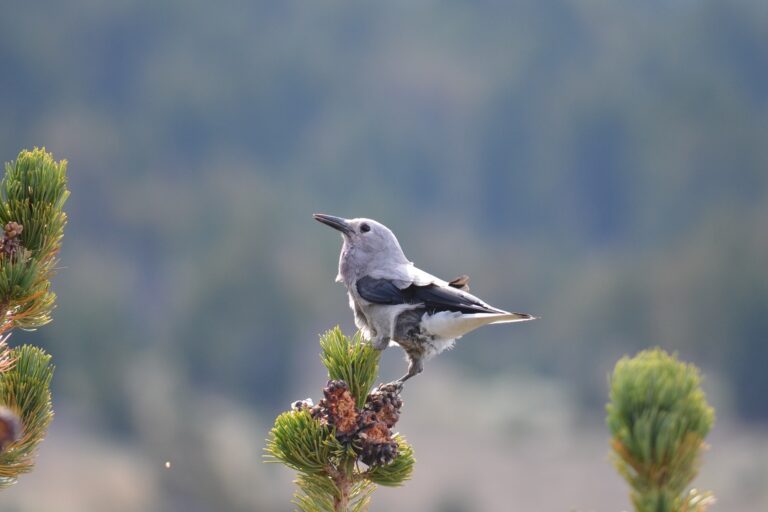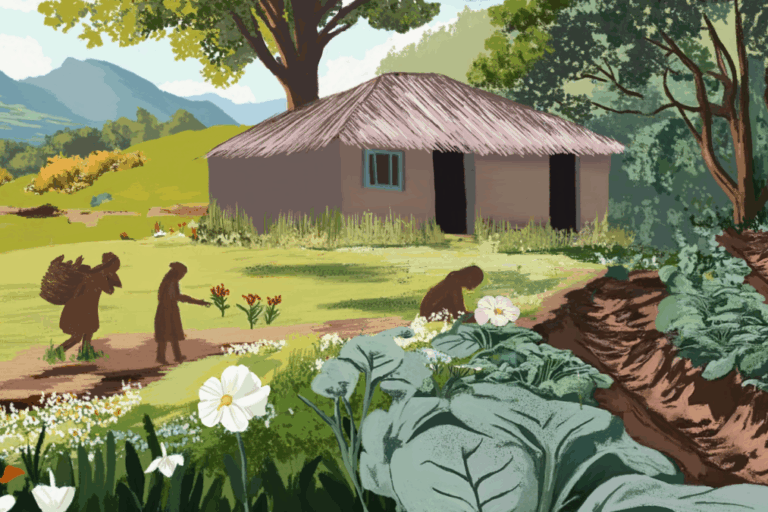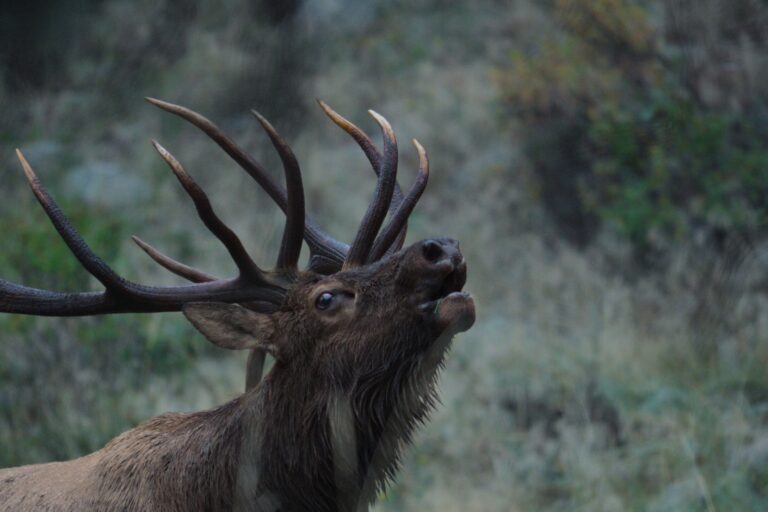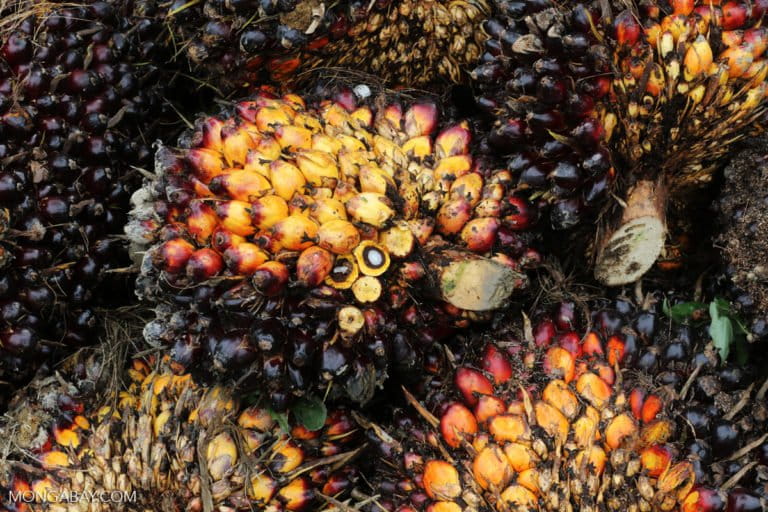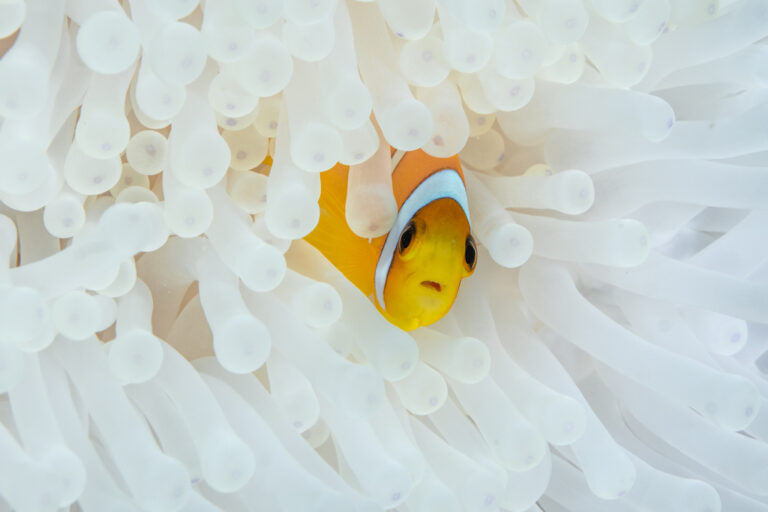- Ecologists in Japan recorded several rare and endangered plant species in old grasslands that are not present in younger ones, mirroring findings from other continents that highlight the rich biodiversity of these landscapes.
- Grasslands face growing threats from humans on a global scale, especially land use change like agriculture and urban growth.
- But some human interventions have had a beneficial effect on biodiversity conservation in Japan, such as the maintenance of ski runs, which provide a safe haven for many of the plant species and pollinators that keep grassland ecosystems healthy.
- The study’s lead author says declining interest in skiing among Japanese may threaten the existence of these ancient grasslands.
On the wide-open plains of the Sugadaira and Minenohara highlands, red-budded great burnets dot the landscape amid lavender hues of Japanese lady bell flowers, relics of the last Ice Age that persist on the rolling hills of modern-day Japan.
A century ago, rich grasslands accounted for about 13% of the country’s land area, but that number dwindled to just 1% by the early 2000s. A recent study conducted on Japan’s main island of Honshu suggests the key to conserving these vulnerable ecosystems may lie in their past.
By comparing Japan’s old and new grasslands, the study published in Ecological Research finds it may be worth prioritizing the conservation of older grasslands because they have more biodiversity. In the study, scientists define new grasslands as less than 70 years old while the old grasslands can be anywhere from 160 to thousands of years old.


“Oldness is an irretrievable factor,” said Taiki Inoue, a conservation ecologist at the University of Tsukuba and the study’s lead author. “Showing the value of old grasslands that have diverse … ecosystems will help us to recognize the value of nature.”
Some of the country’s oldest grasslands, she said, “are important as refugia for organisms that came to Japan during the Ice Age, when there were much larger grasslands in Japan and Asia.” Refugia are habitats that allow certain species to survive for long periods, even in the face of changing environmental conditions, such as climate change and glacial periods.
The researchers found certain endangered plant species in old grasslands, but not in younger ones, such as the narrow-leaf pasque-flower (Pulsatilla cernua) and the purple gromwell or murasaki in Japanese (Lithospermum erythrorhizon). According to the authors, tree planting and agriculture can prevent some grassland species from reestablishing because some of them can’t grow in shaded areas or disperse their seeds effectively.
Grasslands are dynamic ecosystems that respond quickly to change and provide important services for humans, said Kimberly Komatsu, a global change ecologist with the Smithsonian Institution. She noted that global grasslands provide food for sheep and cattle; take carbon out of the atmosphere to store in the soil; filter pollutants out of water; and provide habitat for rare and endemic species, including vital pollinators.

Komatsu, who was not involved in Inoue’s study but researches grassland ecosystems in Africa and North America, added that the findings in Japan mirror the results of species diversity studies in other parts of the world.
“It makes a lot of sense that you would see much more diversity in older systems that have had more time to maintain that plant diversity,” she said. “Changing environmental conditions [cause] the loss of certain species, primarily the more rare species that are endemic to certain systems.”
About half of the world’s natural grasslands are now farmland, according to a 2001 study on global land use change. Agriculture remains the largest threat to grassland ecosystems worldwide, Komatsu said.
“As long as there’s been humans, we’ve been impacting the environment,” she added.
Not all of those impacts have been negative. Some of Japan’s grasslands are semi-natural, meaning they are maintained by human management such as mowing, prescribed fires, or livestock grazing, according to Inoue. As a plant community develops over a long period of time, semi-natural grasslands may slowly become forested without human management, threatening plant species that need soil disturbance and ample sunlight.
For example, Japan’s grasslands found an unlikely hero in people’s passion for skiing. Ski resorts began using grasslands for ski runs as early as 1923, with Japan participating in the Winter Olympics for the first time just five years later. When recreational skiing became more popular in the 1960s, forests were clear-cut to create ski runs, according to researchers. Doing so also created new semi-natural grasslands.

The carefully maintained ski runs have offered a surprising haven for some of Japan’s plant species, like maiden silvergrass (Miscanthus sinensis), eagle fern (Pteridium aquilinum), and a perennial plant with bursts of delicate white flower clusters called shishiudo in Japanese (Angelica pubescens).
“Unfortunately, skiing is not as popular today as it used to be, and more and more ski resorts are closing down,” Inoue said. “I believe that this will lead to a decrease in grasslands.”
The shrinking of Japan’s grasslands has also led to habitat loss for pollinators. The study’s authors identified several moth and butterfly species that pollinate rare and endemic flowering plants in Honshu’s Sugadaira Highland ecosystem, northwest of Tokyo. For example, the marbled fritillary (Brenthis daphne) depends on great burnets (Sanguisorba officinalis), a plant species characteristic of old grasslands. Scientists even believed an endangered butterfly, the Shijimiaeoides divinus, was locally extinct before they rediscovered a population on Kyushu Island in southern Japan, according to a 2016 study in the journal Entomological Science. Research suggests that some populations of butterflies in Japan, like the common yellow swallowtail (Papilio machaon), are genetically distinct from other populations across Eurasia.

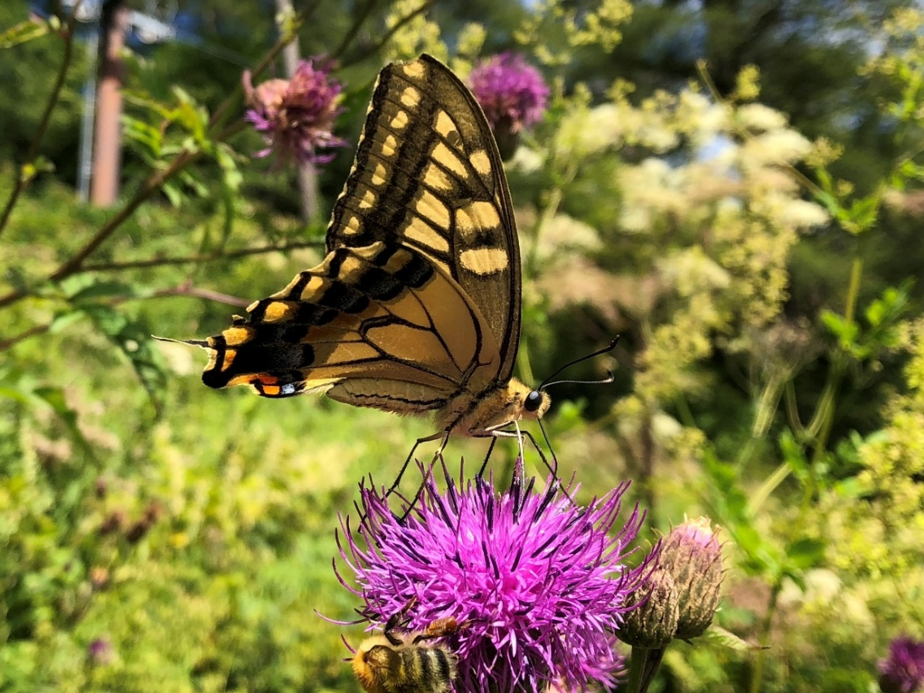
Because grassland plants form the base of the food web, Inoue said, they support a variety of animals at higher trophic levels, like the golden eagle.
“[Grasslands are] beautiful and wonderful systems, they’re culturally important to many different communities around the world, and they’re also very important for maintaining human health and wellbeing,” Komatsu said.
Banner image: A Melitaea ambigua butterfly rests atop the stem of what is called kugai-sou in Japanese (Veronicastrum japonicum) in the Sugadaira/Minenohara Highlands ecosystem. Image courtesy of Taiki Inoue.
Correction (3/8/2021): In a previous version of this article, Taiki Inoue’s picture of Japan’s grasslands was wrongly captioned as a Japanese lady bell. We regret the error.
Citations:
Inoue, T., Yaida, Y. A., Uehara, Y., Katsuhara, K. R., Kawai, J., Takashima, K., … Kenta, T. (2020). The effects of temporal continuities of grasslands on the diversity and species composition of plants. Ecological Research, 36(1), 24-31. doi:10.1111/1440-1703.12169
Miyakawa, M., Hosoi, M., Kawakita, A., Ito‐Harashima, S., Yagi, T., & Ishihara, M. (2018). Genetic variations and phylogeography of the swallowtail butterfly Papilio machaon on the Japanese Islands. Entomological Science, 21(3), 248-259. doi:10.1111/ens.12302
Abe, Y., Miura, K., Ito, H., Yago, M., Koh, S. K., Murata, K., & Yamashita, H. (2016). Origins of recently re-established and newly discovered populations of the endangered butterfly Shijimiaeoides divinus (Lepidoptera: Lycaenidae) in Oita Prefecture, Japan. Entomological Science, 19(4), 458-461. doi:10.1111/ens.12220
Goldewijk, K. K. (2001). Estimating global land use change over the past 300 years: The HYDE database. Global Biogeochemical Cycles, 15(2), 417-433. doi:10.1029/1999gb001232







